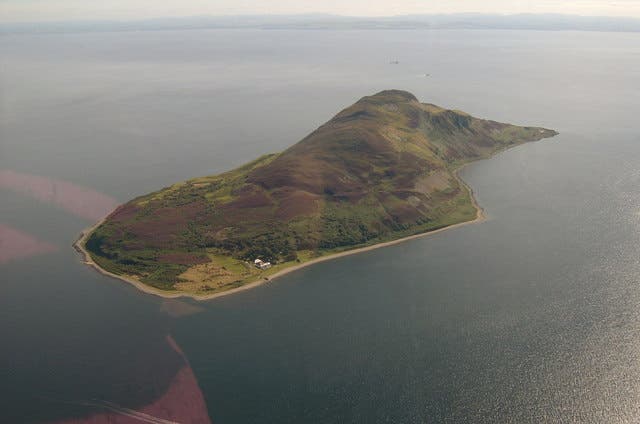A cutting-edge archaeological laser scan (lidar) has revealed up to a thousand previously unknown monuments on the Scottish Island of Arran, which has been continuously inhabited since the early Neolithic period.

Archaeologists have been interested in the Arran Island (which lies relatively close to Glasgow) ever since they discovered a remarkable concentration of early Neolithic Cairns — chambered funeral monuments consisting of a sizeable (usually stone) chamber and a structure of stones around it. The island also featured an important monastery and was involved in the Viking wars of the medieval age.
However, although the island is riddled with monuments and artifacts, actually mapping and discovering all of them remains challenging. Archaeological digs take a lot of time and are a delicate procedure so more and more, researchers are turning to remote sensing.

Arran was scanned with Lidar — a remote sensing technology which uses the pulse from a laser to map distances with very high accuracy. It works something like this: a drone is flown above the area of interest. The position of the drone is measured very carefully and constantly monitored. The lidar equipment is on the drone, and it produces a detailed topographical map of the ground. But thankfully for archaeologists, Lidar goes even beyond that: it can reveal features which are indistinguishable from the ground level or with the naked eye.

This is not nearly the first time Lidar has been used in archaeology. The approach has been successfully used multiple times (for instance to discover Maya or Roman features). However, archaeologists from Historic Environment Scotland (HES), who carried out the work, said this was the largest survey of this type ever undertaken in Scotland. It’s also a good example of how useful Lidar can really be in archaeology.
“As this technology becomes more widely available, we expect to find tens of thousands more ancient sites across the rest of Scotland – working at a pace that was unimaginable a few years ago,” says HES rapid archaeological mapping manager Dave Cowley.
He also added that the survey revealed far more ancient monuments than they knew about, allowing them to undertake a rapid survey within days, rather than wait months or years for a classic archaeological study — which probably wouldn’t have revealed as many features anyway.









